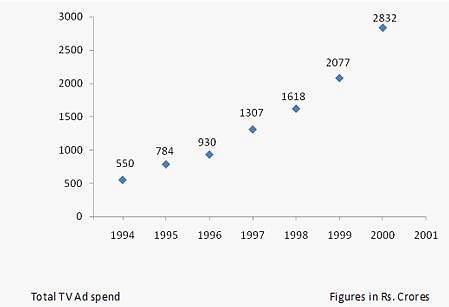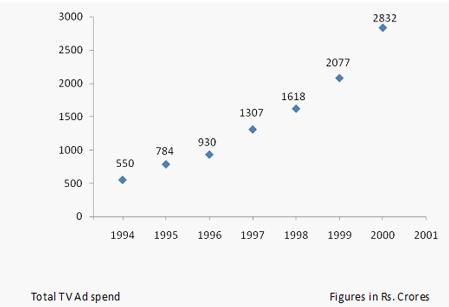Test: Scatter Plot Graph - 1 - GMAT MCQ
10 Questions MCQ Test - Test: Scatter Plot Graph - 1
Directions: Refer to the following questions which are based on the graph given below:
Requirement and Production of flowers over the years

Q. During which year was the percentage increase in the requirement of flowers over the previous year, the maximum?

Directions: Refer to the following questions which are based on the graph given below:
Requirement and Production of flowers over the years

Q. For which two years was the average annual production of flowers equal to the average annual requirements?

| 1 Crore+ students have signed up on EduRev. Have you? Download the App |
Directions: Refer to the following questions which are based on the graph given below:
Requirement and Production of flowers over the years

Q. The total of requirements in the year 1991 and 1992 is approximately what percent more than the total of production for these two years?

Directions: Refer to the following questions which are based on the graph given below:
Requirement and Production of flowers over the years

Q. If the production in 1995 were to decrease at the same rate percent as it decreased from 1993 to 1994, then what would have been the production in 1995(approx.)?
Directions: Refer to the graph given below which shows the total advertisement spending on television and the pie chart which gives the percentage share of the revenue of different players and answer the questions that follow:


Q. The market share of C & S has:
Directions: Refer to the graph given below which shows the total advertisement spending on television and the pie chart which gives the percentage share of the revenue of different players and answer the questions that follow:


Q. If in 2001 the growth rate of C&S was same as that of 1999-2000, the total market share of C&S in 2001 would be:
Directions: Refer to the graph given below which shows the total advertisement spending on television and the pie chart which gives the percentage share of the revenue of different players and answer the questions that follow:


Q. What is the percentage increase of revenues of C & S from 1995 to 1996?
Directions: Refer to the graph given below which shows the total advertisement spending on television and the pie chart which gives the percentage share of the revenue of different players and answer the questions that follow:


Q. The compounded annual growth rate (of the total TV advt. spending) from 1995-1999 would be closest to:
Directions: The following graph gives the movement of the stock market index, CNX Nifty over one week.

Price volatility (PV) is defined as: [(Highest - Lowest Price) / Average Price]. The PV of S&P CNX Nifty is closest to-cat
Directions: The following graph gives the movement of the stock market index, CNX Nifty over one week.

If I had invested Rs 100 in S&P CNX Nifty stocks at the beginning of the time period, what would be its nearest value at the end of the period?

















